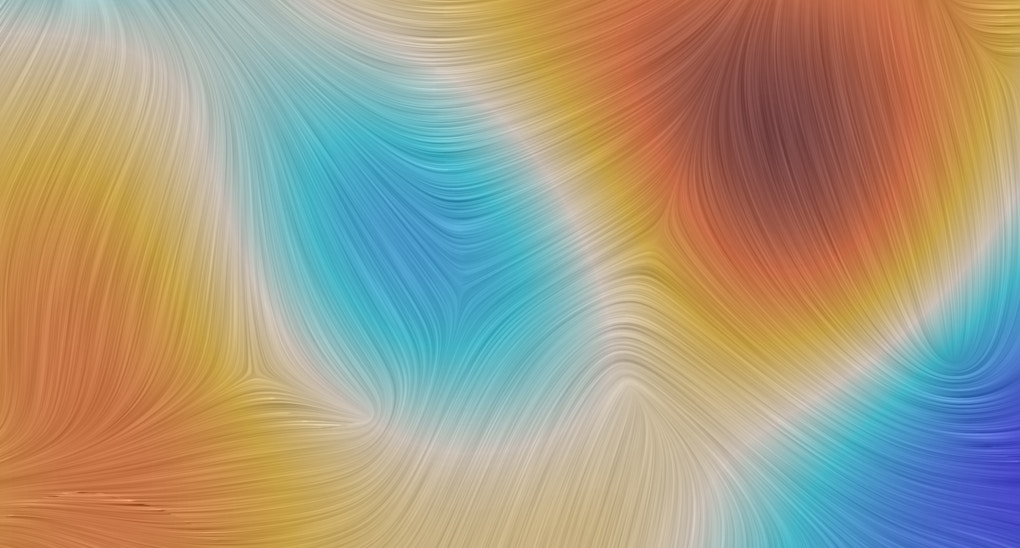New Initiative Ponders Origins of the Universe

The Simons Foundation has assembled an international group of theoretical physicists to tackle one of the biggest unsolved mysteries in science: What exactly went down at the dawn of the universe around 13.8 billion years ago.
Called the Origins of the Universe, the initiative will focus in part on yielding theoretical predictions that will inform future studies of the early cosmos and provide a deeper understanding of the fundamental physics governing the universe.
“This is a time of intellectual ferment in the theory world, with many exciting ideas for extending our theories of particle physics to short-length scales and higher energies,” says Andrew Millis, associate director for physics at the Simons Foundation and co-director of the Flatiron Institute’s Center for Computational Quantum Physics. “What this collaboration will help to do is to connect those theories to potential cosmology observations.”
Theoretical physicist Marc Kamionkowski of Johns Hopkins University and astrophysicist David Spergel, director of the Flatiron Institute’s Center for Computational Astrophysics, will be advisers to the new initiative.
In its initial phase, the initiative will fund three research areas in theoretical cosmology. These areas will complement the work of the Simons Observatory, a project that will study the universe’s oldest light from a vantage point high in the Chilean mountains.
One research area will investigate an alternative theory for the origin of the universe we observe. Specifically, theoretical physicists Paul Steinhardt and Frans Pretorius of Princeton University, along with Anna Ijjas of Columbia University, will explore whether a Big Bounce, rather than a Big Bang, may have birthed the cosmos. This explanation posits that the present universe was born from a previous universe that contracted in on itself, squeezing all the matter and energy back together into a small but finite size before swelling back outward. Although the idea emerged decades ago, it is seeing renewed interest because recent breakthroughs have made it possible to perform consistent theoretical calculations of this scenario and make testable predictions.
Another research area, Cosmology Beyond Einstein’s Gravity, will focus on uniting the physics of the very small and the very large. Physicists Gregory Gabadadze of New York University, Claudia de Rham of Imperial College London and Rachel Rosen of Columbia University will investigate new quantum field theories of gravity and their potential implications for cosmology.
The Modern Inflationary Cosmology research team comprises physicists Eva Silverstein, Renata Kallosh, Andrei Linde and Leonardo Senatore of Stanford University, J. Richard Bond of the Canadian Institute for Advanced Research in Toronto, Raphael Flauger of the University of California, San Diego, Liam McAllister of Cornell University and Matias Zaldarriaga of the Institute for Advanced Study in Princeton, New Jersey. The team will use techniques derived from string theory, quantum field theory and numerical relativity to develop the theoretical underpinnings of the inflationary cosmology model and determine the ways in which observations can constrain the different theoretical scenarios.


